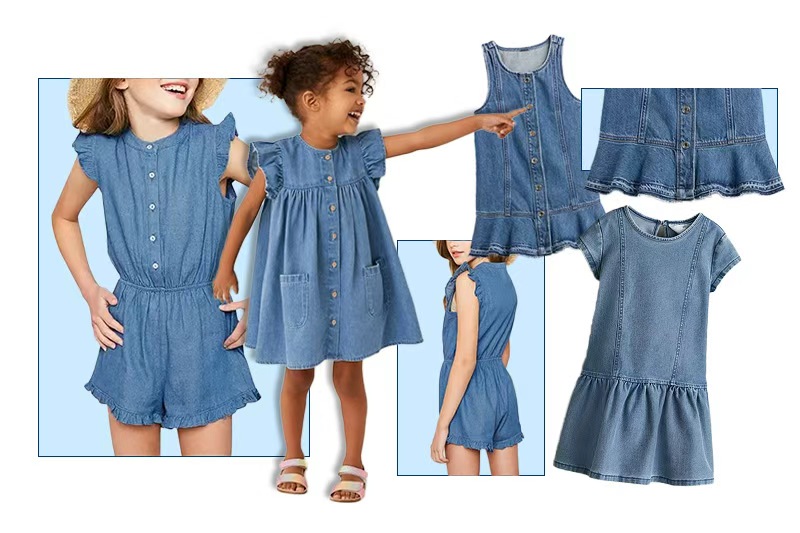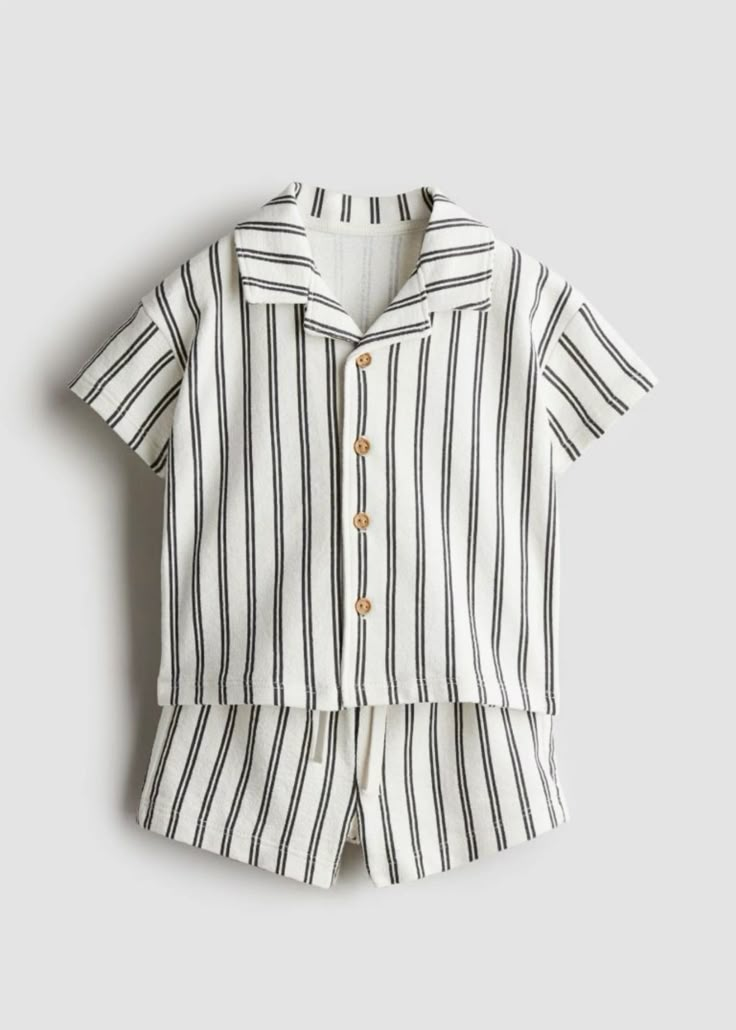Creating custom kids clothing is an intricate process that requires attention to detail, precision, and seamless coordination between design, material sourcing, and manufacturing. Every step in the production journey—from the initial concept to the final shipment—affects not only the timeline but also the quality and overall outcome of the product. Understanding this process helps businesses make informed decisions and set realistic expectations.
Custom kid clothing production involves multiple stages, including design finalization, sample development, material sourcing, manufacturing, and post-production handling. Factors such as fabric availability, design complexity, order quantity, and supplier efficiency all impact the total production time. Proper planning and supplier collaboration can help streamline the process and avoid delays.
While there is no one-size-fits-all answer to how long custom kids clothing takes to produce, knowing the different stages and potential challenges can help brands better manage their timelines and expectations. Let’s break down each phase in detail.
What Are the Key Stages in Custom kids Clothing Production?
Producing custom kid clothing involves a series of well-defined steps, from initial concept development to final packaging. Each stage requires meticulous planning to ensure high-quality results while keeping production timelines under control.
1. Pre-Production Preparations: Laying the Foundation
Before production begins, there’s significant groundwork that must be done. This phase is all about ensuring that everything is in place so that the manufacturing process runs smoothly.
Pre-production involves design approvals, sample development, technical documentation, and material preparation. This stage ensures that all details, such as fabric choices, colors, sizing, and embellishments, are finalized before large-scale production begins.
Sample Development: The Blueprint of Production
One of the most crucial steps in custom clothing production is creating a prototype or sample. This serves as a reference for both the brand and the manufacturer. A sample allows designers to evaluate the fabric’s feel, fit, and overall look while identifying necessary modifications. Any changes made at this stage can prevent costly mistakes during mass production.
Brands often go through multiple sample iterations before finalizing the design. This phase also includes fittings and test washes to ensure the clothing meets quality expectations. If suppliers and brands don’t communicate effectively, this step can take longer than expected, potentially delaying the entire process.
Material Sourcing and Preparation
Fabric selection plays a major role in determining the overall look and feel of kid clothing. Organic cotton, bamboo fiber, and hemp are popular choices due to their softness and sustainability. However, sourcing these materials can be time-consuming, especially if specific certifications (e.g., GOTS, OEKO-TEX) are required.
Once the materials are sourced, they need to be tested for shrinkage, colorfastness, and durability. Accessories like zippers, snaps, and labels must also be ordered in advance to avoid last-minute shortages that could impact production.

Production Process: From Fabric to Finished Garment
Once all pre-production elements are finalized, the manufacturing process begins. This phase consists of multiple steps, each requiring precision and efficiency.
The production phase includes fabric cutting, decoration application (printing or embroidery), sewing, and quality control. These steps transform raw materials into finished garments, with each stage requiring skilled workers and strict oversight.
Fabric Cutting: Precision Matters
Cutting is one of the most technical aspects of kid clothing production. A small miscalculation can result in fabric wastage or inconsistencies in garment sizes. Most manufacturers use digital cutting machines for accuracy, but manual cutting is sometimes required for intricate designs.
A key challenge here is pattern alignment, especially for prints or textured fabrics. Misaligned patterns can ruin the aesthetic of a garment, requiring costly rework. Properly planned fabric layouts maximize material usage, reducing waste and lowering production costs.
Decoration and Customization
Brand logos, unique prints, or embroidery designs are often added before the sewing process begins. Popular decoration methods include:
- Screen Printing: Ideal for large batches with simple designs.
- Heat Transfer: Suitable for detailed graphics and small quantities.
- Embroidery: Offers a premium look but requires more labor and time.
Each method has its advantages and drawbacks in terms of durability, cost, and turnaround time. The choice depends on the brand’s requirements and budget.
Sewing and Assembly
Once the fabric is cut and decorated, the pieces are stitched together to form the final garment. Sewing is labor-intensive, requiring experienced workers to handle delicate fabrics and small garment sizes. kids clothing often involves extra details like flat seams (to prevent skin irritation) and reinforced stitching (to enhance durability).
Manufacturers may use different sewing techniques depending on the design complexity. Multi-layered garments or those with unique trims may take longer to assemble than basic designs.
Quality Control: Ensuring Flawless Output
Throughout the production process, quality control (QC) measures are in place to catch defects early. This includes:
- Checking for accurate sizing and stitching consistency.
- Testing fabric strength and elasticity.
- Inspecting color consistency between different batches.
QC teams perform inspections at various stages to ensure the final product meets the brand’s standards. Poor QC can lead to product returns, financial losses, and damage to brand reputation.
Post-Production Handling: Final Touches Before Shipment
After the garments are assembled, they go through final finishing touches to ensure they are retail-ready.
Post-production includes cleaning, ironing, packaging, and labeling. These steps ensure the garments meet aesthetic and safety standards before being shipped to customers.
Cleaning and Ironing
Manufactured garments often have residue from the production process, such as fabric dust or oil marks from sewing machines. A thorough cleaning ensures they look fresh and feel soft. Ironing helps maintain their shape and removes any wrinkles caused by packaging.
Packaging and Labeling
Packaging varies depending on the brand’s preferences and sustainability goals. Some brands opt for biodegradable bags, while others use branded packaging with custom inserts. Labeling is also crucial, as kids clothing must comply with regulations regarding safety warnings and fiber content disclosures.
Delivery and After-Sales Support: Ensuring Customer Satisfaction
The final step in the production process is logistics and customer support.
Efficient shipping, proper documentation, and after-sales services ensure that products reach customers on time and meet expectations.
Logistics and Shipping Considerations
International shipping requires careful planning, as delays at customs or logistical bottlenecks can affect delivery times. Brands should work closely with manufacturers to arrange bulk shipments and negotiate cost-effective freight options.
Customer Support and Quality Assurance
Once the products are in customers’ hands, after-sales support becomes important. Brands should have a system in place for handling product feedback, addressing defects, and providing guidance on garment care. Long-term relationships with manufacturers help improve future production cycles based on customer insights.
Conclusion
Producing custom kids clothing is a multi-stage process that requires careful planning, coordination, and quality control. From the initial design phase to the final shipment, each step plays a crucial role in ensuring that the final product meets expectations. By understanding these stages and working closely with reliable suppliers, brands can optimize their production timeline and minimize potential delays.


